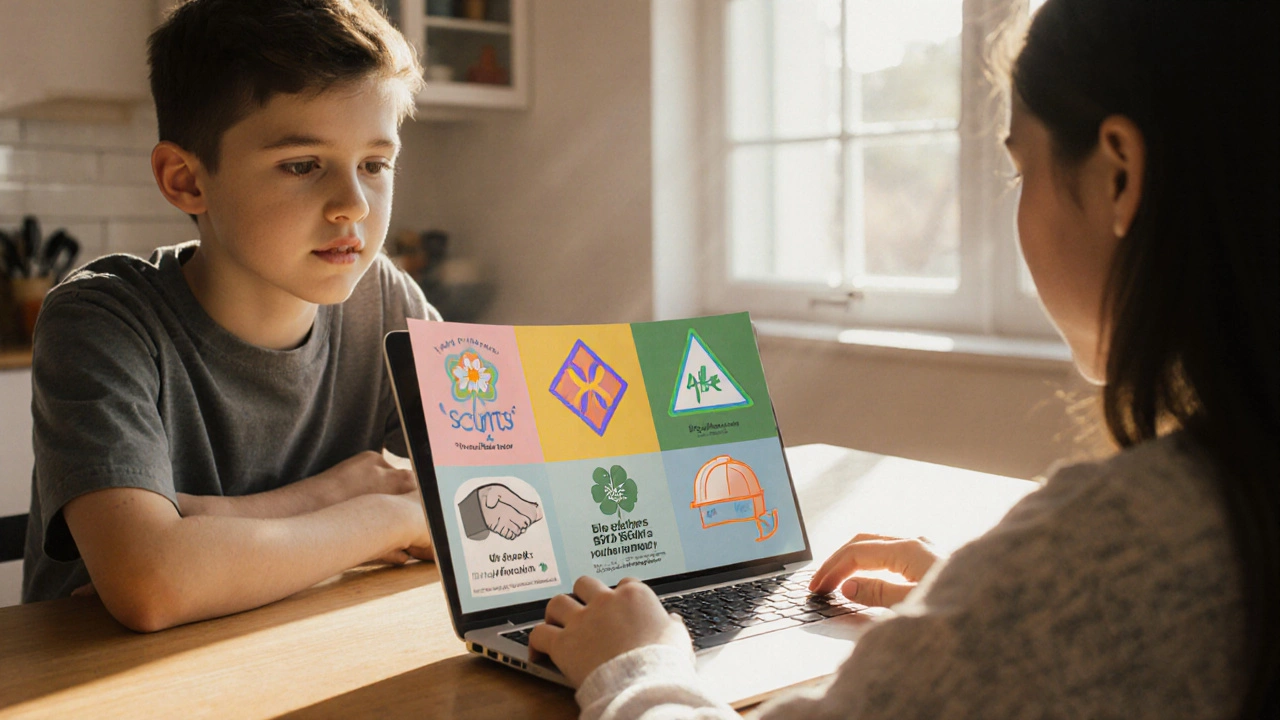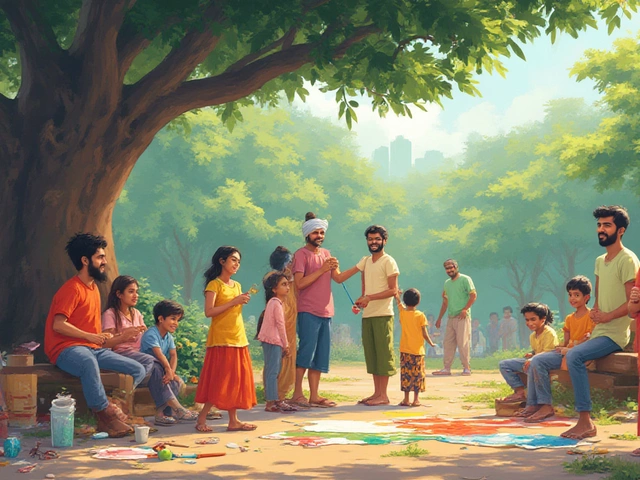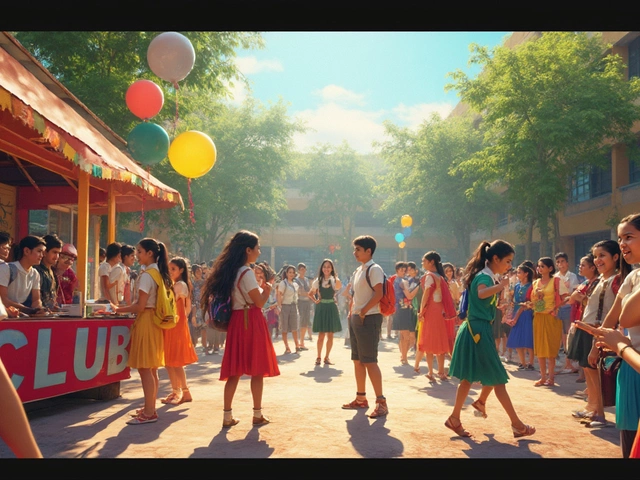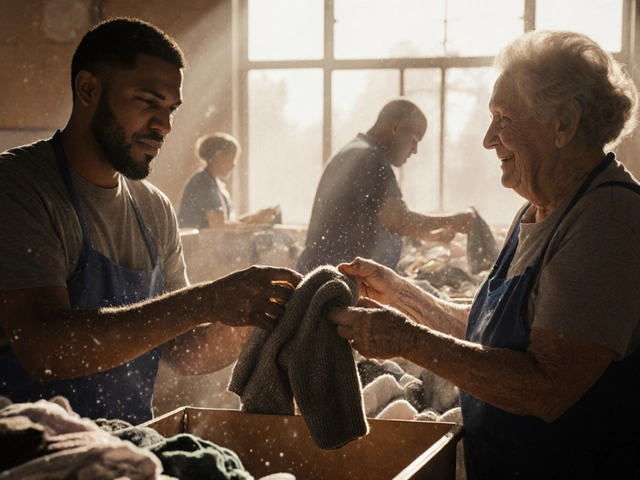When families ask, Big 6 youth organizations is a term that groups together the six most influential youth‑focused nonprofits in the United States. These groups have decades of history, serve millions of young people, and shape skills ranging from leadership to community service. Understanding what each one does helps you pick the right fit for a teen’s interests, schedule, and values.
Why the "Big 6" matters
Every year, the combined budget of these groups exceeds $2billion, and they collectively mobilize more than 20million volunteers. Their reach isn’t just about numbers; each organization offers a unique pathway for personal growth, civic engagement, and career readiness.
Quick Takeaways
- Boy Scouts of America and Girl Scouts of the USA focus on outdoor leadership and badge‑earning.
- YMCA blends sports, arts, and character development for all ages.
- 4‑H emphasizes agriculture, STEM, and community projects.
- Big Brothers Big Sisters provides one‑on‑one mentorship for at‑risk youth.
- YouthBuild offers job‑training and housing construction for low‑income young adults.
1. Boy Scouts of America (BSA)
Boy Scouts of America is a national organization founded in 1910 that teaches scouting skills, leadership, and citizenship. Members earn merit badges in areas like first aid, robotics, and environmental stewardship. As of 2024, BSA reports roughly 1.2million youth participants across the country.
2. Girl Scouts of the USA (GSUSA)
Girl Scouts of the USA was established in 1912 and now serves over 2million girls ages 5‑18. The program emphasizes entrepreneurship, STEM, and community service through a badge system similar to BSA’s.
3. YMCA
YMCA is a worldwide association founded in 1844 that offers after‑school programs, sports leagues, and leadership camps. In the United States, more than 10million youth enroll each year, making it the largest community‑based youth organization.
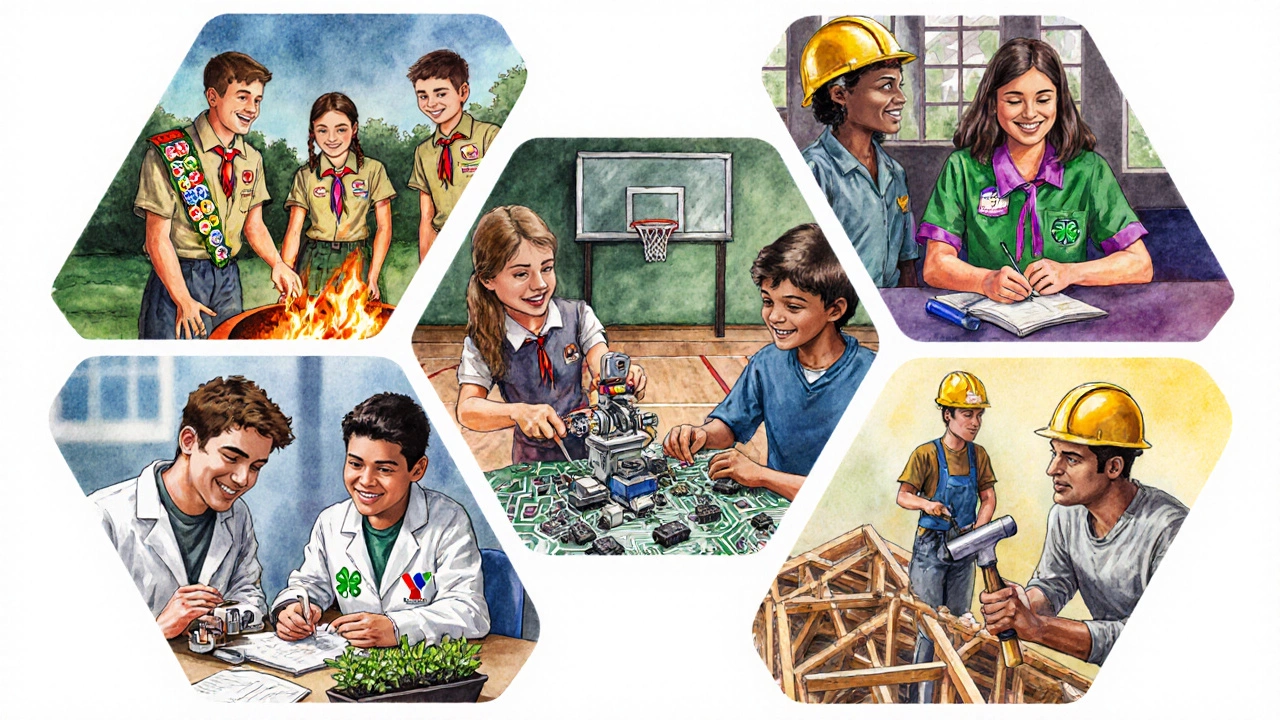
4. 4‑H
4‑H traces its roots to 1902 and partners with land‑grant universities to deliver hands‑on projects in agriculture, science, and civic engagement. Over 6million members, ages 5‑19, participate in 4‑H clubs each year.
5. Big Brothers Big Sisters (BBBS)
Big Brothers Big Sisters operates a mentor‑matching model that pairs adult volunteers with children aged 6‑18. Founded in 1904, BBBS serves roughly 400,000 youth annually, focusing on academic improvement and emotional support.
6. YouthBuild
YouthBuild is a job‑training nonprofit that started in 1990. It targets low‑income young adults (16‑24) and teaches construction skills while they build affordable housing. More than 200,000 participants have completed the program since its inception.
Comparison at a glance
| Organization | Founded | Target Age | Main Focus | Annual Youth Served |
|---|---|---|---|---|
| Boy Scouts of America | 1910 | 11‑18 | Leadership, outdoor skills | 1.2M |
| Girl Scouts of the USA | 1912 | 5‑18 | STEM, entrepreneurship | 2M |
| YMCA | 1844 | All ages (youth programs 5‑18) | Sports, arts, character | 10M |
| 4‑H | 1902 | 5‑19 | Agriculture, STEM, community | 6M |
| Big Brothers Big Sisters | 1904 | 6‑18 | Mentorship, academic support | 0.4M |
| YouthBuild | 1990 | 16‑24 | Job‑training, housing construction | 0.2M |
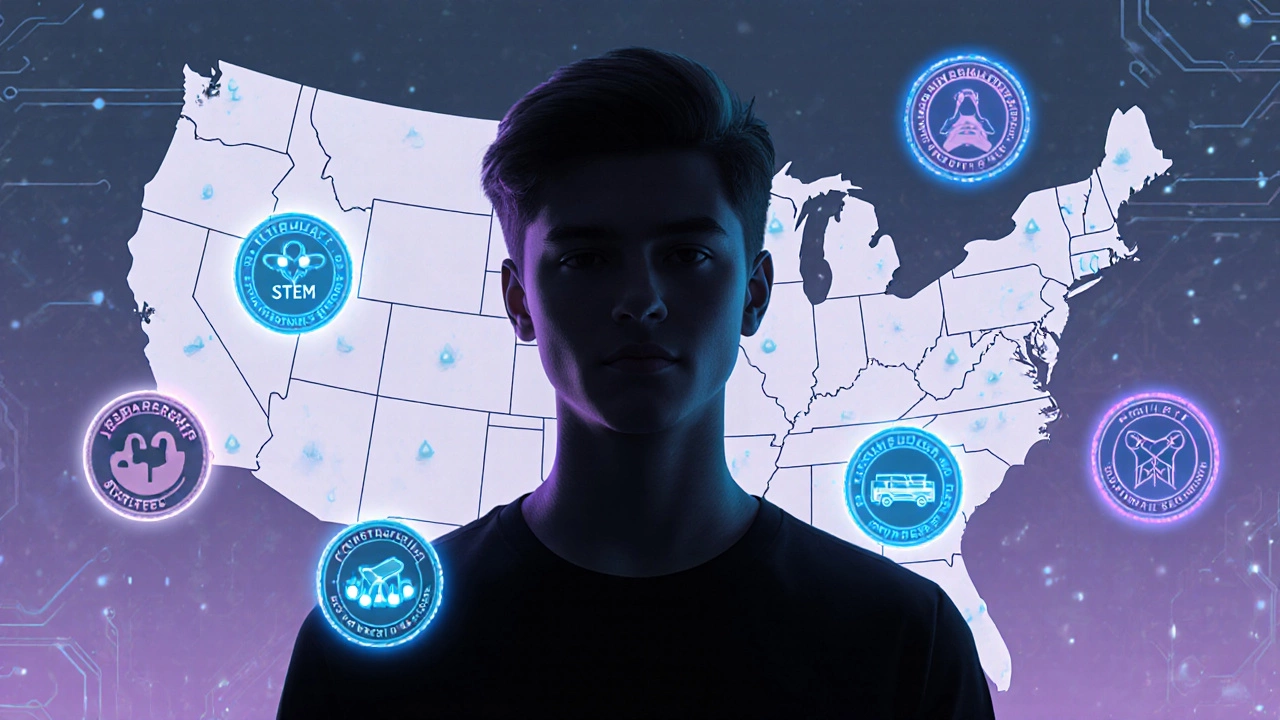
How to decide which organization fits your teen
- Identify interests. Does your teen love the outdoors? Boy Scouts or 4‑H may be best. Are they drawn to community service? BBBS or YouthBuild fit.
- Check logistics. Consider meeting locations, travel time, and program cost. YMCA often has multiple branches, while 4‑H clubs may meet at local schools.
- Look at commitment level. Some groups require weekly meetings and badge work; others, like BBBS, involve a monthly mentor‑child gathering.
- Ask about outcomes. Programs that track college enrollment or job placement (YouthBuild) can give you data on long‑term impact.
Getting started
Most organizations have a straightforward sign‑up process:
- Visit the official website and fill out an online registration form.
- Attend an orientation session, usually free of charge.
- Complete any required background checks for volunteers (particularly for BBBS and YouthBuild).
- Pay any membership fees; many groups offer scholarships or sliding‑scale rates.
Local community centers, schools, and religious institutions often host satellite clubs, so a quick call can reveal nearby options.
Common misconceptions cleared
It’s easy to think these groups only serve certain demographics, but the data tells a different story. For example, the YMCA reports that 45% of its youth participants come from low‑income families, and 4‑H has actively expanded into urban settings with STEM labs.
Another myth is that scouting is outdated. In 2023, BSA introduced a new STEM merit badge and opened membership to girls, increasing diversity dramatically.
Future trends to watch
Digital badges are becoming standard across the Big6, allowing teens to showcase achievements on LinkedIn. Partnerships with tech firms are also shaping new curricula, especially in robotics and coding for Girl Scouts and 4‑H.
Frequently Asked Questions
Which organization is best for a teen interested in environmental activism?
Both Boy Scouts and 4‑H offer robust conservation programs. 4‑H’s “Eco‑Clubs” partner with local farms, while BSA’s “Leave No Trace” badge teaches practical stewardship.
Can a single teen join more than one of the Big6?
Yes. Many families enroll children in both a sports‑focused YMCA program and a mentorship‑centered BBBS pairing. Scheduling conflicts are the main limitation.
What financial aid is available for low‑income families?
YMCA provides sliding‑scale dues, Boy Scouts offers “Family Service Ribbons” for fee reduction, and YouthBuild includes tuition‑free training for eligible participants.
Do these organizations accept kids with disabilities?
All six have inclusive policies. For instance, Girl Scouts offers adaptive equipment for outdoor activities, and YMCA’s “Special Needs” programs tailor classes to various abilities.
How long does it typically take to earn a rank or badge?
It varies. In Boy Scouts, moving from Scout to Eagle can take 2‑4years, while a single 4‑H project might be completed in a few months.
